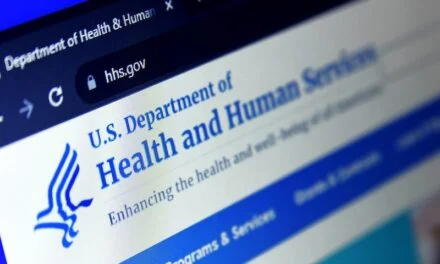CLP Editor Chris Wolski examines the need for LDT regulations, and issues an industry-wide call to action.
By Chris Wolski
Laboratory-developed tests (LDTs) were recently back in the news when leadership at the FDA and CMS issued a joint statement providing a rationale for increasing LDT regulations.
Jeff Shuren, MD, JD, director of the FDA’s Center for Devices and Radiological Health (CDRH), and Dora Hughes, MD, MPH, acting chief medical officer and acting director of the Center for Clinical Standards and Quality, Centers for Medicare & Medicaid Services (CMS) note that since more than 70% of health care decisions are made in light of clinical laboratory test results, they need to be safe, reliable, and accurate. I think we can all agree on that.
However, Shuren and Hughes then make their case for increased regulation explicitly:
“The FDA’s approach was developed half a century ago when tests made and used in single labs were generally simple, often made to address local individual needs, and mostly manufactured in small volumes….However, since then, LDTs have evolved. Due to the increased risk to patients, it is time to reconsider this approach.”
They’re right, LDTs have evolved—thankfully so. But is there really an increased risk to patients from LDTs? Maybe. But then there are risks to patients from any test. Shuren and Hughes argue that unregulated LDTs could result in over- or under-diagnosis and treatment, even though we’ve seen this with traditionally approved FDA authorized tests.
Are increased LDT regulations even necessary? Broadly speaking, yes, regulations are simply the rules we all agree to live by. But here’s the balancing act—the rules need to protect, but not inhibit innovation.
Since LDTs are built on the foundations of existing, approved, regulated tests—typically used in a single lab, and for rare diseases that have no hope of receiving a traditionally designed test—are regulations wholly justified? Should the FDA and CMS review LDT regulations? Yes. Do they need to fold LDTs into the same paradigm as from-scratch test development? I don’t think so.
So why have we seen this renewed push for LDT regulations? I think there are two reasons. The first is as fallout from the Theranos debacle. The second, the explosion of tests developed in a very short time to meet the testing demands of the global SARS-CoV-2 pandemic. So, a spectacular failure and a spectacular success coming so shortly together led to the inevitable, increased interest by regulatory overseers.
The real question isn’t should LDTs be regulated, but how? How do we strike that balancing point between proper oversight that protects the public while encouraging innovation? There isn’t a simple answer, but there are experts who can guide the FDA, CMS, and other regulatory bodies to create a balanced set of LDT regulations—you, the readers. You all have the expertise, now is the time to use it.
Chris Wolski is chief editor of CLP.





